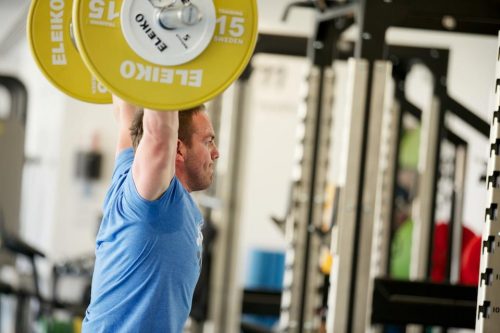As sport science evolves, more and more methods of training emerge. It is important for any evidence based practitioner to stay up to date with the latest trends. Of late, velocity based training has been a hot topic. Velocity based training simply means that the speed of a lift is measured. As a result, accurate programming and training decisions can be made based upon the results of a lift or a set. Equipment such as wearable accelerometers are used to measure the velocity of any given movement. So, what uses does velocity based training have.
Velocity vs 1RM
Your strength can fluctuate a little over 15% on any given day. So using %’s of your 1RM to set your weights for your training may not truly relate to how your body feels. Using velocity based information could inform you as to what weights to use. A very simple version of this could be that you stop working when your bar speed no longer reaches a certain level. This is failure to reach a certain speed is sometimes referred to as a “minimum velocity threshold”, once you can no longer stay above the threshold, you stop.
Training Focus
We have talked about working the force-velocity curve from all aspects in other posts. Understanding your bar speed during these types of training, means you can ensure you are working in the desired zone. The difference between absolute strength, power and hypertrophy may not be clear when visually observing a bar. Using actual data can help you make informed decisions about how much weight / resistance to add.
Feedback and Individuality
By understanding how you are actually moving a bar can help you focus on what you’re getting out of a session. The motivation to achieve more reps at a certain speed may improve when you have actual numbers to hit! Further, a coach can start to put together a solid profile for individual athletes so they can train appropriately.
As an experienced personal trainer and strength coach in Berkshire, I believe staying up to date with the latest trends and research is a must. That being said, I will not implement all the “cool” things at the expense of the basics. All forms of training must be developed from a solid foundation and understanding of basic movement.
